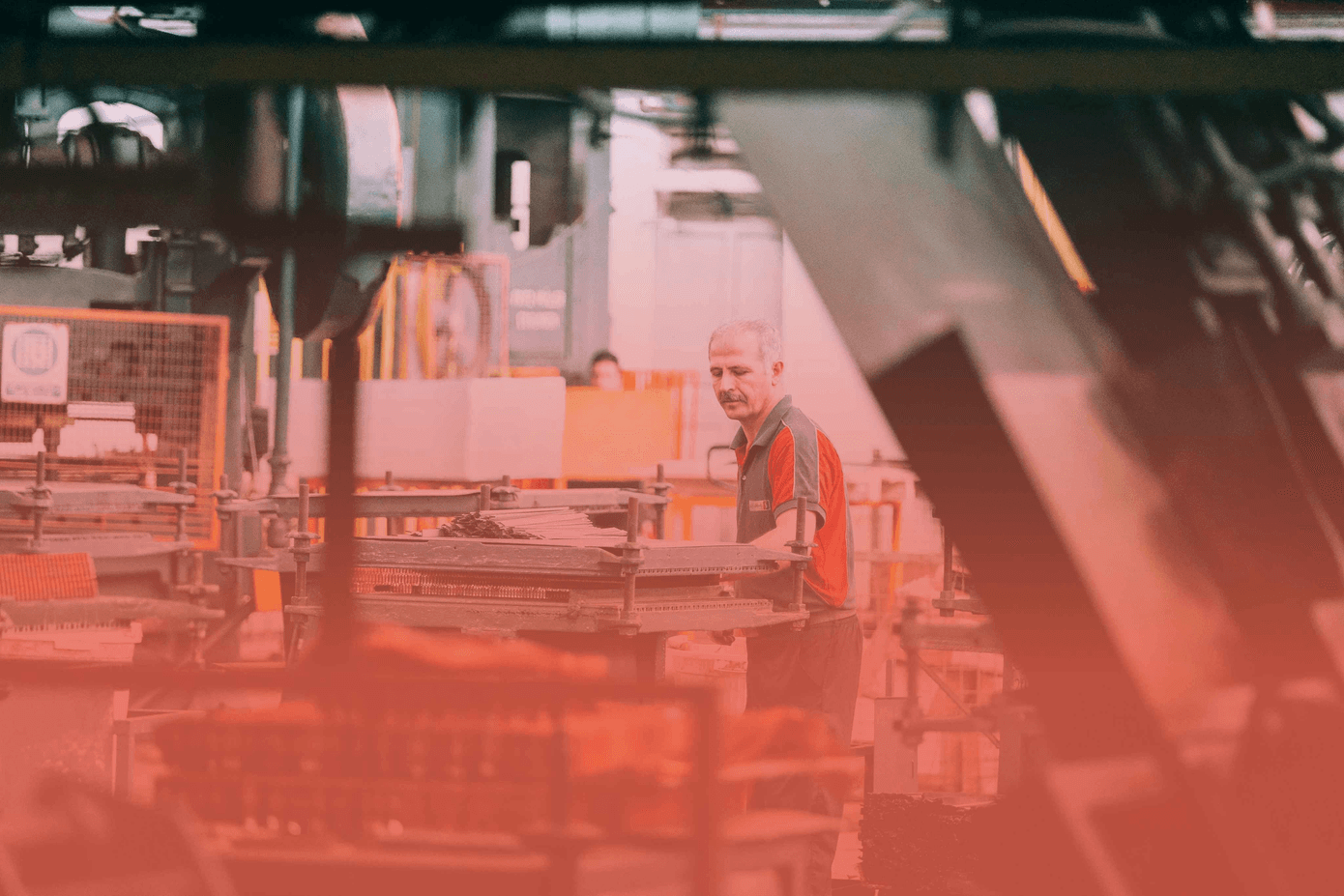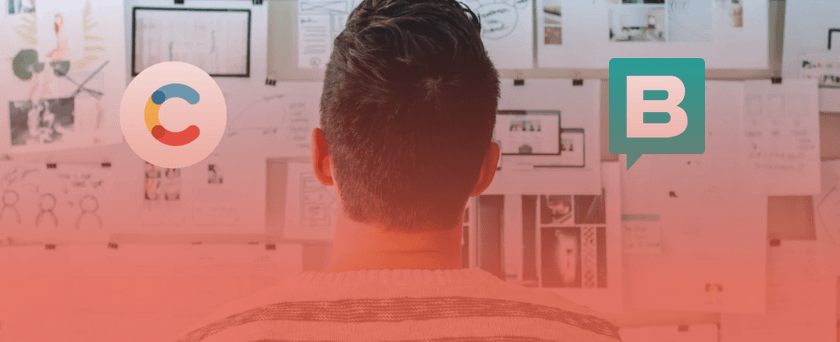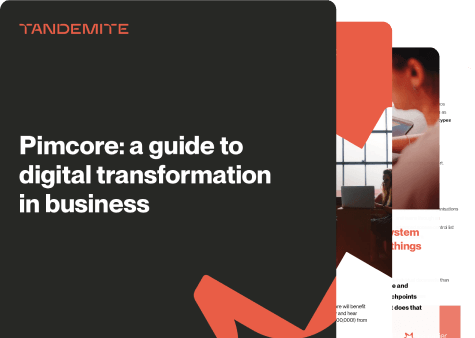Is your manufacturing business lagging in digital efficiency? Discover how modern content management can help

How well does your current content management process meet the dynamic demands of modern manufacturing? This sector is undergoing a seismic shift, driven by the need for cost-effectiveness, increased return on investment (ROI), and elevated customer experiences. The role of a headless CMS is growing in importance in this context.
It represents a modern solution to the complex task of content management in a world where multiple channels are used. Let's delve into how headless CMS is reshaping the manufacturing industry by enabling the creation of dynamic, scalable, and multi-channel digital experiences.
Key differences: Headless CMS vs. Traditional CMS
Before diving into headless CMS, let's take a step back to its predecessor, the traditional CMS.
Traditional CMS: Often limited to a single channel, with integrated architecture linking databases to the backend and visuals to the frontend.
Systems like WordPress dominated early web development, integrating website components like text, images, and videos directly into the code. But this linear approach has become obsolete in today’s digital landscape, where mobile apps, digital displays, and virtual assistants play crucial roles.
Headless CMS: Features a separated design with distinct backend and frontend layers.
This innovative system acts as a central repository for content, employing APIs to distribute this content across various digital platforms and devices. Its cloud-based nature ensures easy access from anywhere, making it a perfect fit for modern digital strategies.
The shift to headless technologies in manufacturing
As the manufacturing sector becomes increasingly competitive, companies are on the hunt for strategies to reduce operational costs, boost ROI, and enhance customer experience. Differentiation in the digital realm is key.
Given the complexity of products, diversity of sales channels, and unique sales cycles in manufacturing, effective content discovery and consumption become pivotal for revenue growth.
A headless CMS assists companies in streamlining their process of creating content. The separation of frontend and backend gives manufacturers unparalleled flexibility, offering targeted content for products and services, empowering sales teams, and enhancing the overall user journey.
In contrast, traditional CMS systems, which were once the industry standard, are now seen as rigid and limited, especially when dealing with the multifaceted nature of modern communication.
Manufacturing companies that stick to these outdated systems risk falling behind their competitors and not meeting changing customer expectations.
Solving manufacturing content challenges: Why manufacturers should opt for headless CMS
Multi-channel content distribution
Manufacturers often need to deliver content through multiple channels like websites, mobile apps, product catalogs, and digital displays in factories or showrooms.
The beauty of headless CMS lies in its ability to seamlessly integrate multiple touchpoints, meaning the same content can be pushed to different frontends or devices without needing to redesign the content for each channel.
Enhanced content production and workflow
In manufacturing, where time is often of the essence, headless CMS tools facilitate swift content creation and publishing.
Content management often involve multiple departments and stakeholders, from design and production to marketing and sales. A headless CMS can streamline workflows by providing a centralized platform for content creation, approval, and distribution. This can lead to more efficient collaboration and quicker turnaround times for content-related projects.
It also reduces reliance on IT teams for content updates, granting more autonomy to content creators. Marketers and creators can now generate engaging content and landing pages independently.
Better scalability and performance
As manufacturers grow, their content needs evolve. A headless CMS is inherently scalable, allowing for the addition of new channels or scaling content delivery as needed without a complete overhaul of the system.
Additionally, because the presentation layer is separate, websites and apps can load faster, improving user experience.
Integration with any technology & development flexibility
Headless CMS can easily integrate with other systems like ERP (Enterprise Resource Planning), CRM (Customer Relationship Management), and PIM (Product Information Management). For example, a headless CMS could be used to display real-time inventory levels or production schedules on a manufacturer's internal or customer-facing platforms.
Moreover, developers are no longer confined to a single programming language, with the freedom to choose frameworks and APIs that suit their needs.
Driving operational efficiency and ROI
By adopting a headless CMS, manufacturers can significantly reduce operational costs. It streamlines content management processes, making it easier to update and deploy content across various channels. This efficiency not only saves time but also translates into a better ROI, as resources are utilized more effectively.
Headless CMS opens up new avenues for customer engagement and data analysis. Manufacturers gain insights into customer preferences and behavior, allowing them to refine their strategies and offerings for maximum impact.
Content Management for modern manufacturers
In conclusion, headless CMS is not just a technological advancement; it’s a strategic tool. The rapid pace of growth in the manufacturing sector necessitates platforms that are both scalable and responsive. By embracing headless systems such as Storyblok, Contentful or Strapi, this industry is not only meeting current demands but is also gearing up for future challenges, ensuring sustained growth and success.
Wishing to harness the full potential of modern content solutions for your enterprise? We're ready to assist. Contact us, and together we'll devise a strategy tailored to your requirements!






